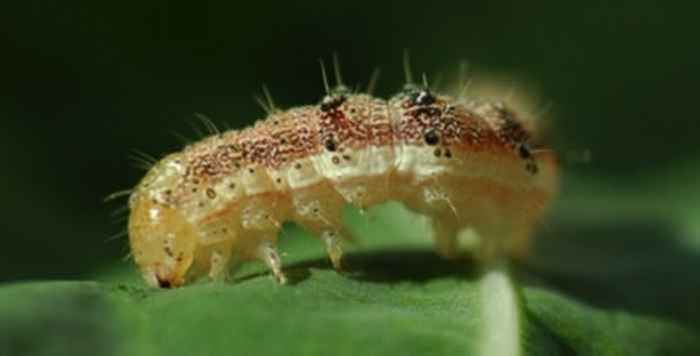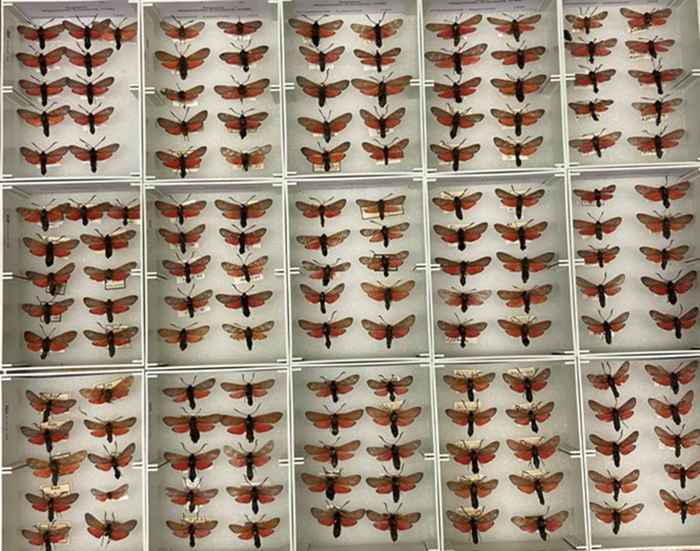Urban ecology and evolutionary dynamics in a changing world

Urban environments do not only differ in many abiotic factors, such as noise, light, and chemical composition, they also create very different communities and species assemblages compared to rural habitats. These changes are all likely to impact the effectiveness of anti-predator signaling, including aposematism. At EPB, we investigate the effects of light pollution on predator - prey interactions that include visual signals, on reproductive behaviors in night-active insects, focusing on moths, and on foodweb interactions.
Population biology, population genetics and reproductive biology are all essential components of population viability analyses. At EPB, we apply these disciplines not only to conserve native and endangered species, but also to control non-native species. This research has already led to the Foundation Science4Nature, which has built a track record in applied species recovery and genetic rescue projects, and an extensive network in conservation practice.

Evolutionary and demographic processes, including migration, selection, drift, but also anthropogenic disturbance, determine the distribution of genetic information in space. At EPB, we investigate the drivers that govern the distribution of genetic diversity, so that shifts in allele frequencies can be determined, which is the elementary basis of evolution. Genetic analyses are not only done with diploid organisms, but also with polyploid organisms (plants), for which the program Genodive was developed.
As waterfleas (Daphnia) are keystone species in freshwater systems and bioindicators of ecosystem health, at EPB we combine experimental data on water fleas with population- and epidemiological modelling, to quantify how individual responses scale up to population-level outcomes on epidemic severity. Also, as mound-building wood ants are bioindicators of boreal forests, we study how this young species group adapts to changing environmental conditions, and how new species evolve and persist.